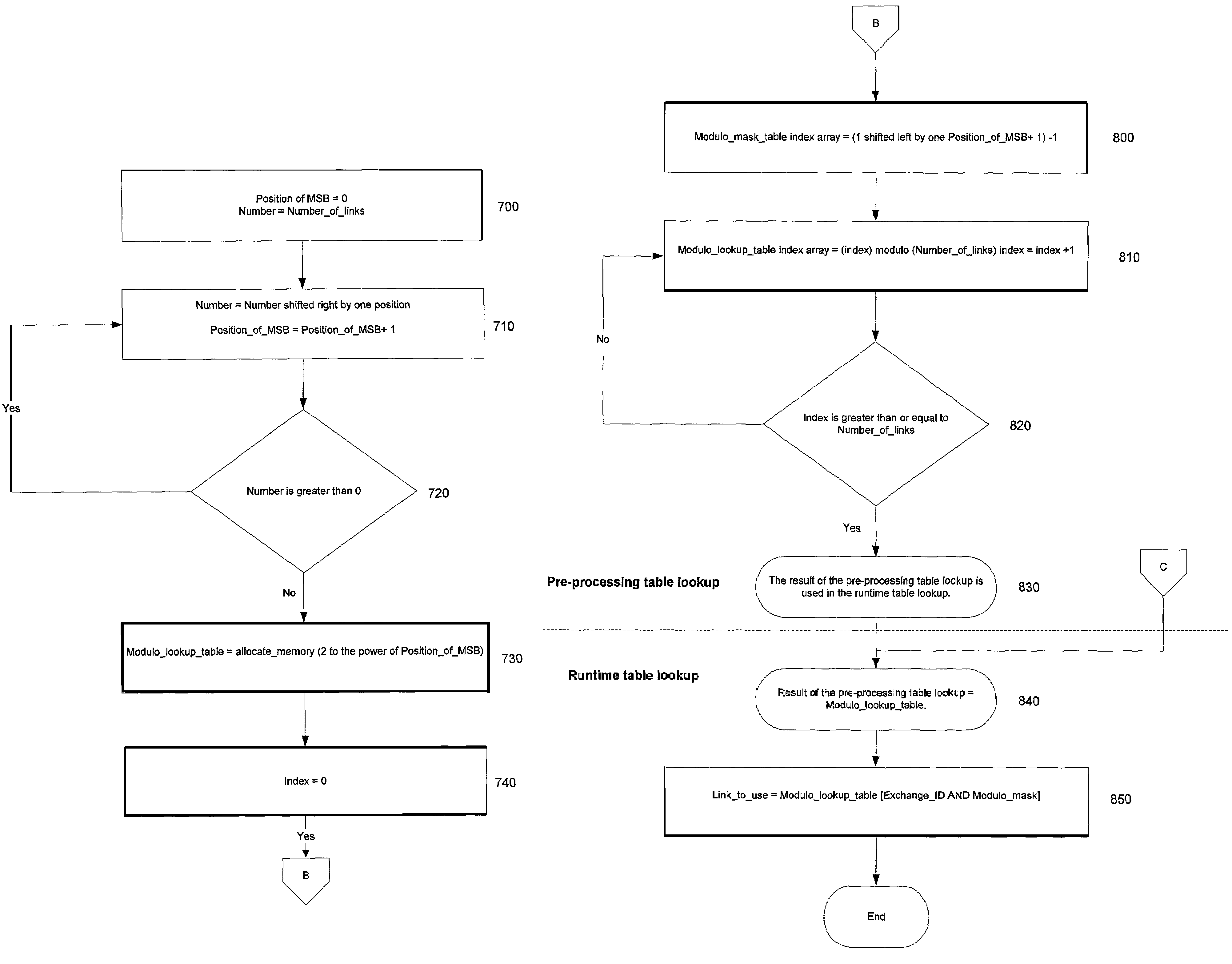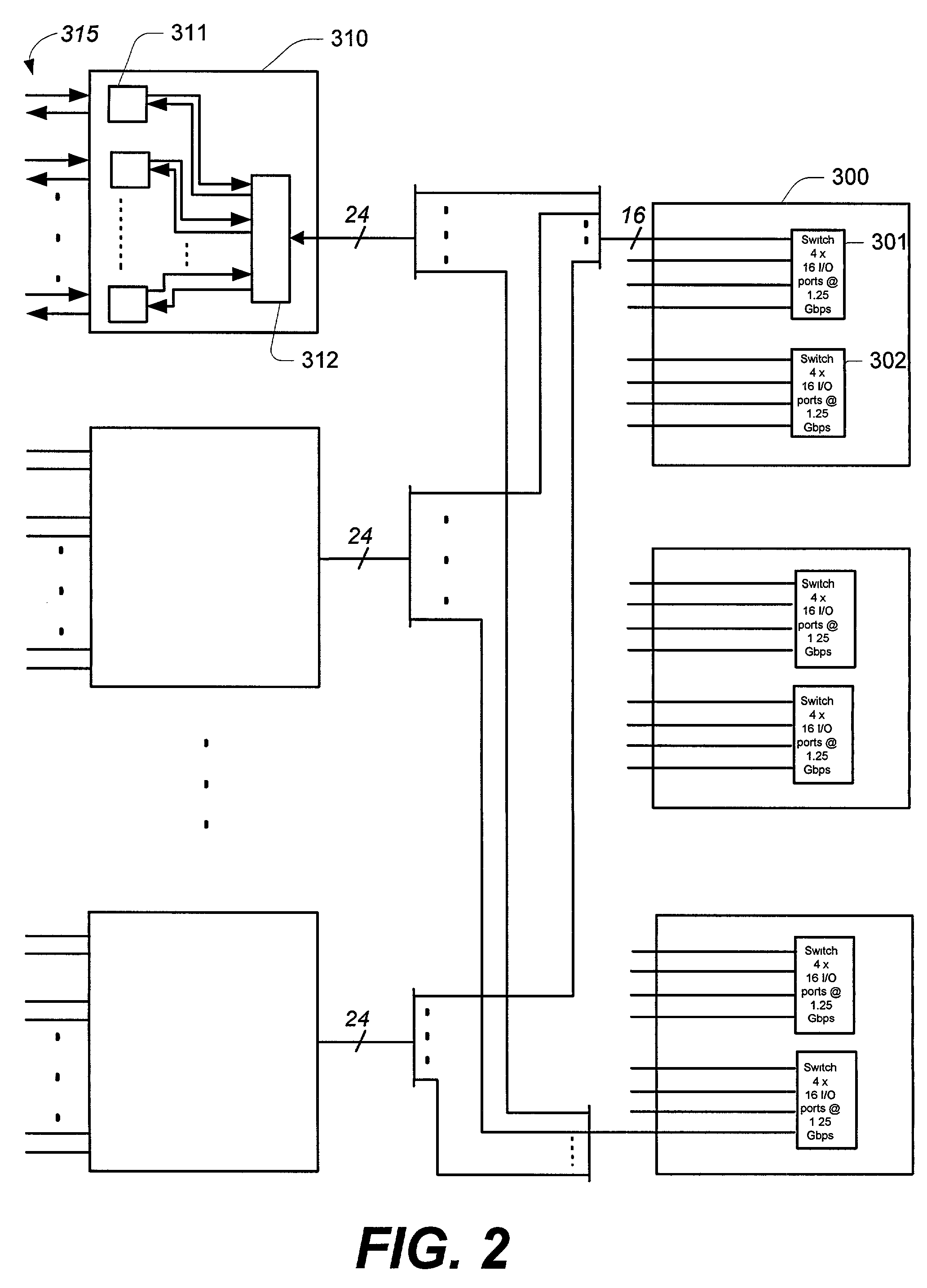System and method for linking a plurality of network switches
a network switch and network switch technology, applied in the field of computer networks, can solve the problems of limited expansion of san fabric networks, inability to implement san fabric channels, and inability to meet the requirements of wide area network (“wan”)/lan applications, etc., and achieves the effects of minimal or no downtime, easy maintenance, and easy upgrad
- Summary
- Abstract
- Description
- Claims
- Application Information
AI Technical Summary
Benefits of technology
Problems solved by technology
Method used
Image
Examples
Embodiment Construction
[0033]The present invention is directed to a storage network device that performs a multiplicity of functions and has a multiplicity of port types to allow it to connect to a variety of network types (e.g., Fibre Channel, Gigabit Ethernet, etc.). A primary function of the invention is to act as a storage network switch wherein frames are switched from port to port. However, because of its architecture, the present invention has the ability to perform many additional functions that take advantage of its high performance, highly scalable, and highly programmable infrastructure.
[0034]The following description of the exemplary embodiments of the present invention contains a number of technical terms using abbreviations and / or acronyms which are defined herein and used hereinafter:
[0035]
APApplication ProcessorASApplication SubsystemBMCBuffer Management CoprocessorEMUEnvironmental Monitoring UnitsFCFibre ChannelFCPFabric CoprocessorFIOCFabric I / O ControllerFPFabric ProcessorGb / sgigabits p...
PUM
 Login to View More
Login to View More Abstract
Description
Claims
Application Information
 Login to View More
Login to View More - R&D
- Intellectual Property
- Life Sciences
- Materials
- Tech Scout
- Unparalleled Data Quality
- Higher Quality Content
- 60% Fewer Hallucinations
Browse by: Latest US Patents, China's latest patents, Technical Efficacy Thesaurus, Application Domain, Technology Topic, Popular Technical Reports.
© 2025 PatSnap. All rights reserved.Legal|Privacy policy|Modern Slavery Act Transparency Statement|Sitemap|About US| Contact US: help@patsnap.com



